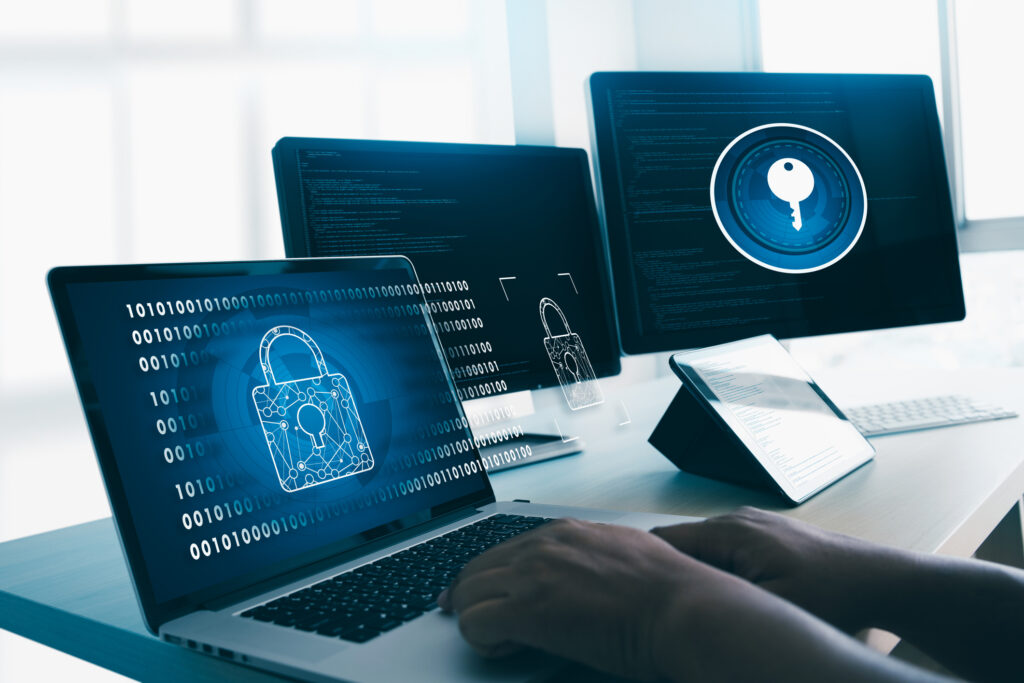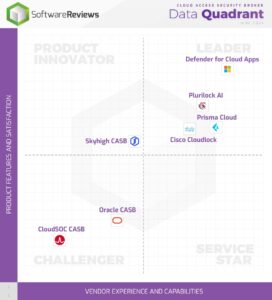In an era dominated by digital communication and information overload, the modern workplace is grappling with a silent adversary—digital fatigue. A recent study by CybSafe has uncovered alarming trends that point to a direct correlation between digital fatigue and an increase in cyber risks—and the repercussions extend beyond mere productivity concerns.
Digital Overload and Plummeting Productivity
According to CybSafe, 54 percent of today’s office workers are turning a blind eye to cybersecurity alerts. This digital indifference can be attributed to the deluge of information bombarding employees through various communication channels. With emails, instant messaging, collaboration platforms, and virtual meetings all calling for attention, the average worker is inundated with a constant stream of data.

The consequence? A decline in engagement with cybersecurity training and an alarming increase in risky online behaviors.
The digital era was supposed to usher in a new age of efficiency and clarity, but a significant 47 percent of employees admit that information overload is impairing their ability to identify potential threats—even basic threats like phishing emails.
A staggering 72 percent of respondents confess to feeling overwhelmed by the volume of information and communications bombarding them during work hours. This overload not only hampers productivity but also serves as a breeding ground for complacency, with employees increasingly likely to ignore cybersecurity notifications.
The Rising Tide of Cybersecurity Incidents
As a result, the cybersecurity landscape is witnessing a surge in incidents. According to data from the Information Commissioner’s Office (ICO), reported data security incidents have seen a 41 percent year-over-year increase between Q2 2022 and Q2 2023. Cyber incidents, specifically those with a clear online or technological element and involving malicious third parties, have shot up by a 157 percent.
Ransomware and malware events, notorious for their destructive potential, have witnessed unprecedented spikes of 241 percent and 550 percent, respectively.
These statistics underscore the urgent need for organizations to address the root cause of this digital fatigue, as its implications extend far beyond the confines of individual productivity.
Compromised Practices, Corner Cutting, and Training Lows
The CybSafe report not only highlights the prevalence of digital fatigue but also exposes the dangerous consequences of compromised cybersecurity practices. A concerning 36 percent of respondents admit to occasionally cutting corners when it comes to adhering to cybersecurity protocols. This includes skipping essential steps such as using secure networks or setting strong passwords, all in the pursuit of saving time and effort.
Even more alarmingly, 7 percent of employees admit to frequently bypassing crucial cybersecurity measures. When digital fatigue leads to a blatant disregard for security protocols, organizations are left vulnerable to cyber threats that could otherwise have been prevented—and that no doubt they thought they had prevented with training.
Cybersecurity training is suffering as well, with a mere 23 percent of respondents reporting being actively engaged with their cybersecurity training. This lack of engagement can be attributed to the information overload, leading employees to prioritize other tasks over staying informed about the latest cybersecurity protocols at their organization.
Fully 41 percent of employees express that there is simply too much information to remember and apply in their day-to-day work. This not only raises concerns about the effectiveness of current training programs but also emphasizes the need for a more streamlined and accessible approach to cybersecurity education.
Proactive Steps to Help Reduce Employee Security Fatigue
The increasing prevalence of digital fatigue and its detrimental impact on cybersecurity demand immediate attention from organizations. The consequences of overlooking this issue extend beyond individual employee burnout—the very foundation of digital security is at stake.
To mitigate the threat posed by digital fatigue, organizations can take several proactive steps:

-
Streamline communication channels. Evaluate and streamline the various communication channels within the organization to reduce information overload. Implement tools that consolidate information and prioritize critical alerts to significantly enhance employee responsiveness.
-
Enhance cybersecurity training. Reevaluate and revamp cybersecurity training programs to make them more engaging and digestible. Incorporate interactive elements, real-world scenarios, and regular—but not over-frequent—updates to keep employees informed without overwhelming them.
-
Implement technology safeguards. Leverage technology to combat the risks associated with digital fatigue. Implement advanced threat detection tools, automate routine cybersecurity tasks, and deploy user-friendly security solutions to create a more resilient defense against evolving cyber threats.
-
Promote a cybersecurity culture. Foster a culture of cybersecurity awareness within the organization. Encourage open communication about potential threats, celebrate adherence to security protocols, and instill a sense of responsibility among employees for safeguarding digital assets.
-
Make regular assessments and adaptations. Periodically assess the effectiveness of cybersecurity measures and adjust strategies based on evolving threats and employee feedback. A dynamic approach to cybersecurity is essential in the ever-changing landscape of digital risks.
It’s Not Just About Productivity
The danger of digital fatigue in modern workplaces is not merely a productivity concern; it is a ticking time bomb for cybersecurity.
Take decisive action to safeguard your digital assets and sensitive information. By addressing digital fatigue head-on, organizations can not only boost employee well-being but also fortify their defenses against the relentless onslaught of cyber threats in the digital age. ■
















